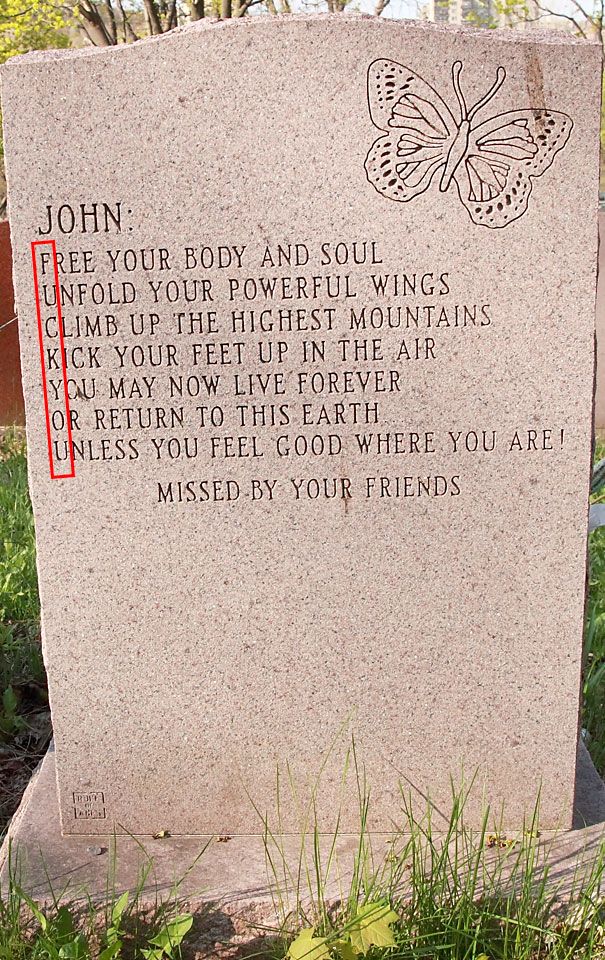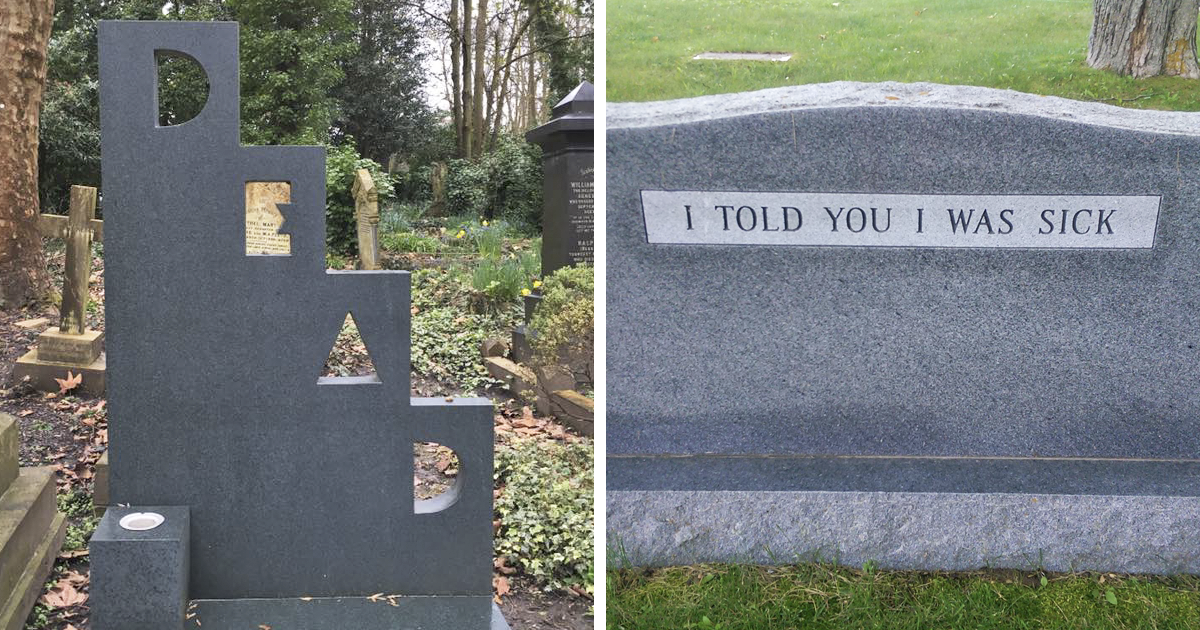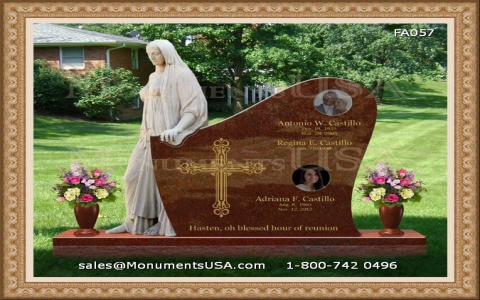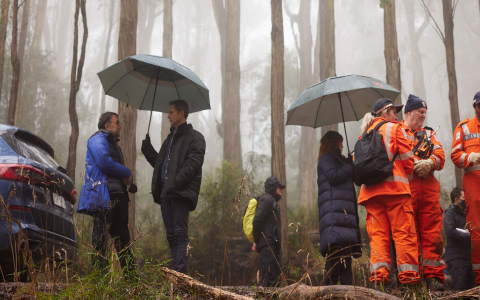Exploring the Humor in Eternity: Funny Gravestones
Imagine strolling through a serene, leafy graveyard. The atmosphere is solemn, the silence occasionally broken by the gentle rustle of leaves or the distant chirping of birds. But here and there, something peculiar catches your eye: a gravestone, not adorned with the usual somber inscriptions, but with epitaphs that make you do a double-take, or even chuckle. This phenomenon, funny gravestones, showcases a lighter side to our inevitable end, turning graves into a canvas of humor, wit, and personal storytelling.

The Tradition of Humor in Mourning
The idea of humorous epitaphs isn’t new. For centuries, people have used humor in various cultures to deal with death. It’s a testament to the human spirit’s resilience and our knack for finding light even in dark times. Humor on stone became a way to remember the deceased not just for their departure, but for how they lived—how they laughed, what they enjoyed, or what made them uniquely themselves.
One of the earliest examples of humor at graves can be traced back to the Greeks, where epitaphs often included lines that highlighted the irony of death or the character of the departed. Fast forward to today, and you’ll find modern instances like the well-known gravestone of comedian Spike Milligan, which reads "I told you I was ill," humorously indicating not only his state at death but also his legendary comedic timing.
The Language of Laughter
What makes these gravestones particularly engaging is the playful use of language. Epitaphs often play with puns and double entendres. For example, consider a stone that might say, "Here lies an Atheist, all dressed up with nowhere to go," which wittily comments on the skepticism towards an afterlife. This playful twist makes visitors pause, think, and perhaps even laugh, breaking the usual somber mood of a graveyard.
More personal epitaphs reflect the personality or the life’s work of the deceased. A baker might have "I loafed here," turning their passion into a literal resting place. Such inscriptions not only pay homage to the individual’s interests but also invite passersby to reflect on the impact of a lifetime spent in joy and dedication.
The Social Media of the Past
Before social media allowed us to broadcast our lives, witty gravestones served a similar purpose. They gave the last word to the departed, a platform to express final thoughts or jokes. This aspect has modern parallels where gravestones serve as a connection point for visitors, often shared online, sparking discussions and laughter far from the actual site.

A Reflection on Life
Beyond their humor, these graves remind us that life should be enjoyed. They encourage us not to take ourselves too seriously. An epitaph like, "Here lies Lester More, no lester, no more," isn’t just funny; it nudges us to think about the brevity and the value of our existence.
In exploring these "Easter eggs" scattered throughout graveyards, we also delve into the human condition. We see how through humor, we attempt to make sense of death, or at least react to it in a way that comforts us. It’s a delicate balance of acknowledging the end while celebrating the essence of life.
So, next time you find yourself among the resting places, keep an eye out for these whimsical stone markers. They might just offer a moment of unexpected levity, a reminder of life’s peculiar sense of humor, and perhaps, a lasting lesson from those who’ve gone before us on how to live, laugh, and leave a memorable mark.



